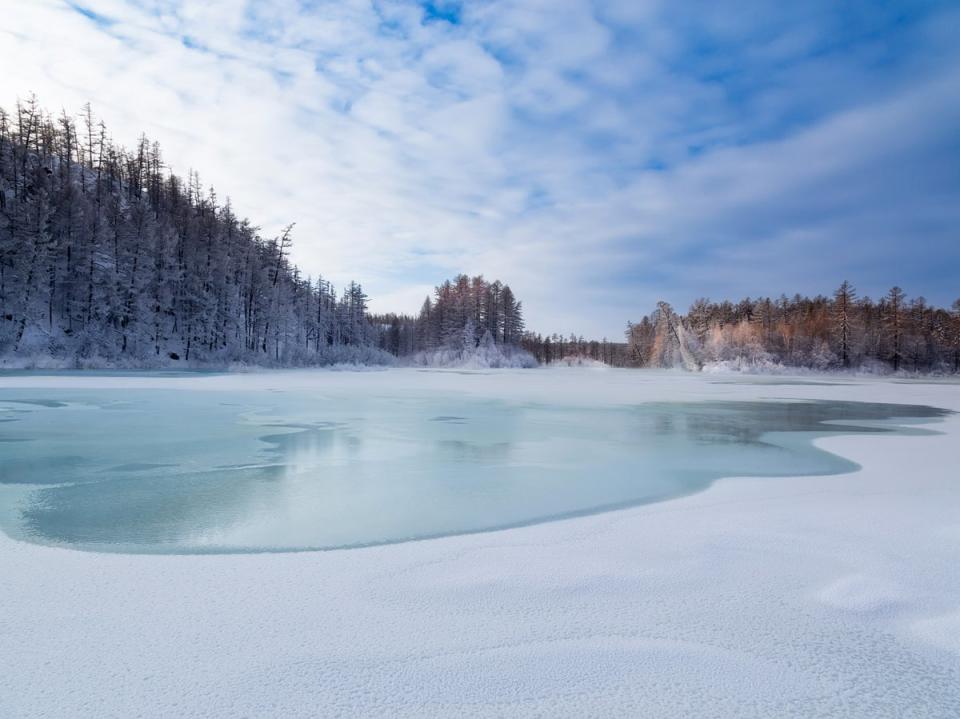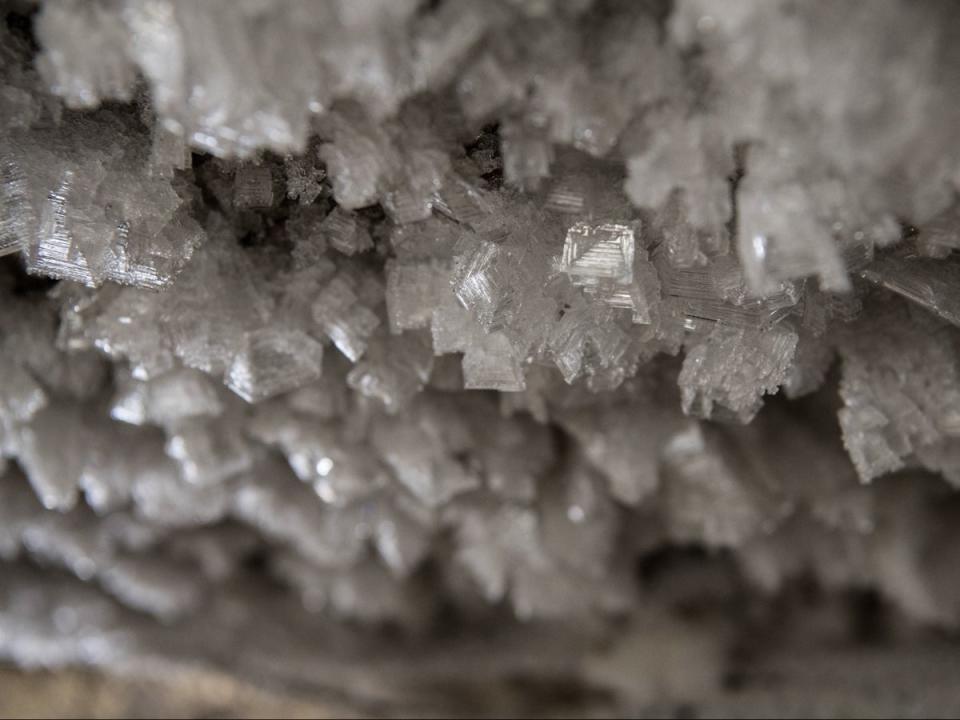How much of a threat do ‘zombie viruses’ pose to humans?

French scientists have raised eyebrows around the world after reviving an ancient virus trapped in the Siberian permafrost for more than 48,500 years.
The new study, led by microbiologist Jean-Marie Claverie from the Aix Marseille University, which has yet to be peer-reviewed, presents the alarming possibility that other pathogens preserved for millennia in dense ice could be released in the shape of infectious “zombie viruses” when glaciers and frozen ground thaw, a process the climate crisis threatens to exacerbate through global heating.
While that might sound like a premise from the wonderful world of schlock B-movie science fiction, a fresh threat to human life on earth is the last thing we need right now, so how seriously should we take it?
The microbe in question – one of 13 recovered from seven samples and dubbed “Pandoravirus yedoma” after the mythic Pandora – had been trapped 16 metres beneath a lake bed in Yukechi Alas in Yakutia in northeastern Russia for centuries and yet was still capable of infecting a microscopic single-celled organism called an acanthamoeba during laboratory testing.
Fortunately, the researchers behind the study said they were confident it posed no threat to any living being so complex as a human.
“The biohazard associated with reviving prehistorical amoeba-infecting viruses is … totally negligible,” Mr Claverie’s team wrote.
But while that particular strain is unlikely to prove dangerous, the prospect of other diseases held in a state of cryptobiosis being released is significant when you consider that almost one quarter of the northern hemisphere consists of permanently frozen ground.
As global heating causes the polar ice to melt incrementally, long-preserved organic matter including carbon dioxide and methane will be released, further contributing to the warming of our planet’s atmosphere, and (potentially) so will other dormant viruses locked away from earlier eras.
“How long these viruses could remain infectious once exposed to outdoor conditions (UV light, oxygen, heat), and how likely they will be to encounter and infect a suitable host in the interval, is yet impossible to estimate,” Mr Claverie’s researchers wrote.
“But the risk is bound to increase in the context of global warming when permafrost thawing will keep accelerating, and more people will be populating the Arctic in the wake of industrial ventures.”
Their warning was backed up by University of California virologist Eric Delwart, who told New Scientist: “If the authors are indeed isolating live viruses from ancient permafrost, it is likely that the even smaller, simpler mammalian viruses would also survive frozen for aeons.”
There is a precedent for viruses being recovered from the permafrost, with Ohio State University researchers reporting in 2021 that they had detected genetic material from 33 diseases in ice samples taken from the Tibetan plateau that were estimated to be up to 15,000 years old.
And, according to The Times, a boy was killed by anthrax in Siberia in 2016 after he encountered an infected reindeer carcass revealed after a heatwave had melted the snows, the bacteria having not been heard from in the region since 1941.

The French scientists noted in their study that there has been limited research into “live” viruses found in permafrost, stating: “This wrongly suggests that such occurrences are rare and that ‘zombie viruses’ are not a public health threat.”
While they were confident their own endeavour represented little risk, they were more concerned by a Russian project to retrieve “palaeoviruses” directly from the remains of woolly mammoths and prehistoric rhinoceroses and horses because they are proven to have infected mammals before.
That study is understood to be currently ongoing at the Vector laboratory in Novosibirsk.
“The situation would be much more disastrous in the case of plant, animal or human diseases caused by the revival of an ancient unknown virus,” Mr Claverie’s team warned.
It is worth considering that, should a “zombie virus” be released after centuries entombed in ice and prove itself harmful to humans, we would have no ready-made vaccine or antiviral medication on hand to inoculate ourselves against it, as was the case when Covid-19 first emerged from Wuhan, China.
A new pandemic might mean throwing the world back into lockdown once again, a prospect few would welcome after the events of the last three years and one that suggests we should indeed take the prospect of revenant diseases seriously, at least theoretically.
All of which provides yet another reminder, as though one were needed, that we must do more to address the climate crisis while we are still in a position to affect change.

 Yahoo News
Yahoo News 